Last Updated on January 2, 2024 by Matt Greene
The 60 degree wedge can be quite versatile and give you a large number of shot types around the green, out of bunkers, pitching over obstacles and especially useful for partial pitch shots. The newer style of golf courses are often firm, fast, undulating and have bunkers all over which often makes a lob wedge necessary.
Having said that, a 60 degree lob wedge is a specialist club, and it takes time and a lot of practice if you have never owned one, to hit consistently with such a lofted club. When to use a 60 degree wedge will depend on your skill with the club. So below we look at when to use the lob wedge and when not to use it so you can actually lower your score while learning more about the specialist 58 and 60 degree versions of the wedge.
Adding the right wedge to your bag can reduce your scores around the greens a lot. Let's take a look.
What is a 60 wedge used for?
Both the 58 degree and 60 degree can seen as lob wedges. They are the two most common high lofts you see in the top of most golfers bags. You can use the lob wedge for a large number of shots and you will find that these shots all happen inside 100 yards. If anyone tells you they hit their lob wedge over 100 yards, then you can be sure these are not serious golfer. They are hitting the ball too hard.
That is NOT the purpose of a lob wedge.
60 degree lob wedges are for pitch shots and scoring by getting the golf ball close to the hole inside 100 yards. You can use the 58 or 60 degree wedge for bunker shots, pitch over bunkers, chipping, partial approach shots and flop shots. It is not a power club and should be used to save strokes in your golf game by hitting the ball close to the hole when you are inside a full shot range.
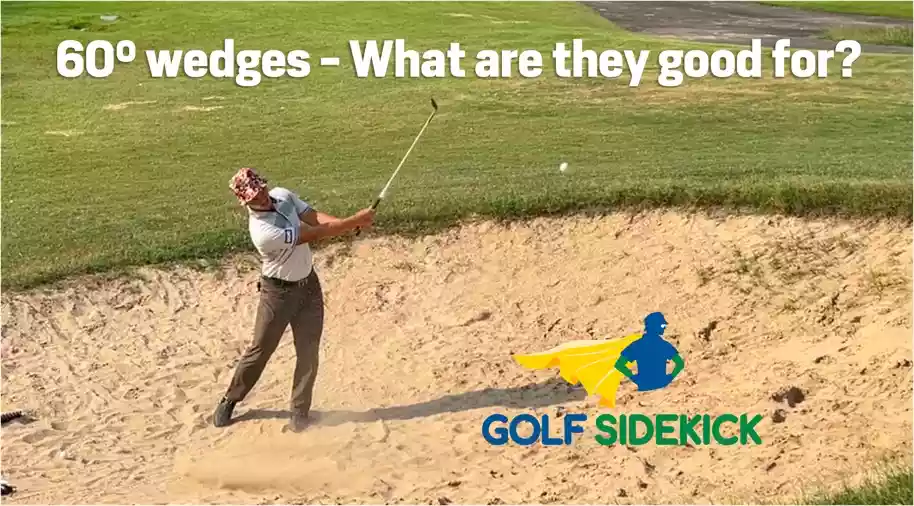
What is a 60 degree wedge?
This club is sometimes referred to as a lob wedge. Lob wedges can come in lofts from 58 to 64 degrees, with 60 being the most common loft for this type of golf club. It is usually used for chip shots around the green.
Wedge expert Phil Mickelson made the high lofted wedge famous by hitting shots closer to the pin and with more spin than average golfers could imagine. A lob wedge will usually have a wedge bounce of between 6-12 degrees, again depending on player preference and course conditions. This club with usually be the highest lofted club in you golf bag.
Now we have the basics out of the way, let's look at what we'll be covering in depth in this article:
- When to use a lob wedge?
- Where can you hit a 60 degree wedge from?
- Should I use my 60 degree for every chip shot?
- How far should I hit my lob wedge?
- How to use a 60 degree wedge?
- Can you use a 60 degree wedge from bunkers?
- Who makes the best lob wedge?
58 or 60 degree wedge - which is for you?
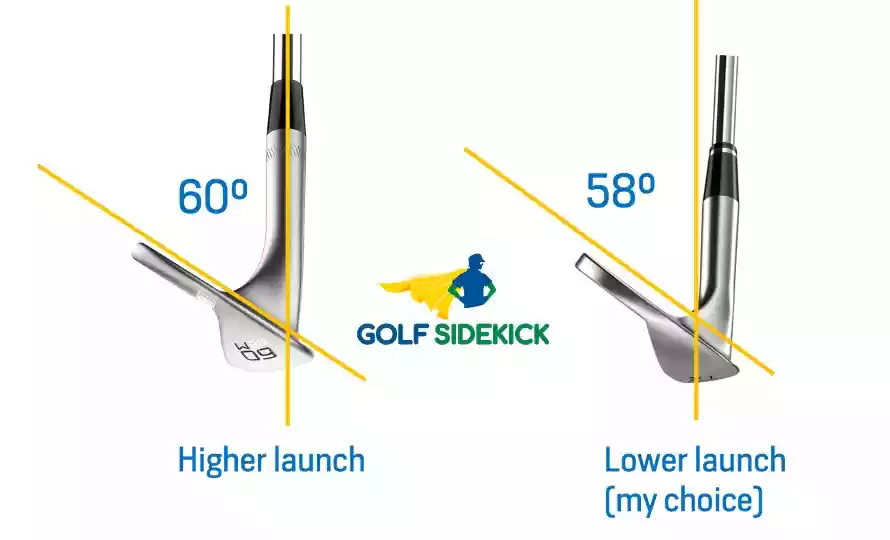
The choice between a 58 and 60 degree makes very little difference around the greens or in the sand. It usually comes down to personal preference and the perceived gapping of your wedges. There difference between a 58 or 60 degree is only 2 degrees of loft which might make a 4-5 yard difference on a full shot, but you don't want to hit many full shots with these clubs anyway. If you do want a 'lob wedge' in your bag, you want to choose only one - either the 58 or 60 degree, not both.
There are many combinations of wedges such as:
- 50°/54°/58°
- 52°/56°/60°
- 50°/60°
- 51°/55°/60°
What you want to achieve with your wedges is DISTANCE gapping. You can use any loft, and any bounce on the wedge, because the most important aspect of a set of wedges is you know how far they go so you can score when in range.
One manufacturers 60° might go further than another manufacturers 58 degree. Your 54 degree might be a reliable 100 yards, but you REALLY want something that goes 80 yards. You must fill that gap with either the 58 or 60 degree and the one you get depends on which one goes 80 yards! If you're a high handicapper, you want to check out which wedges you really need.
When To Use a Lob Wedge?
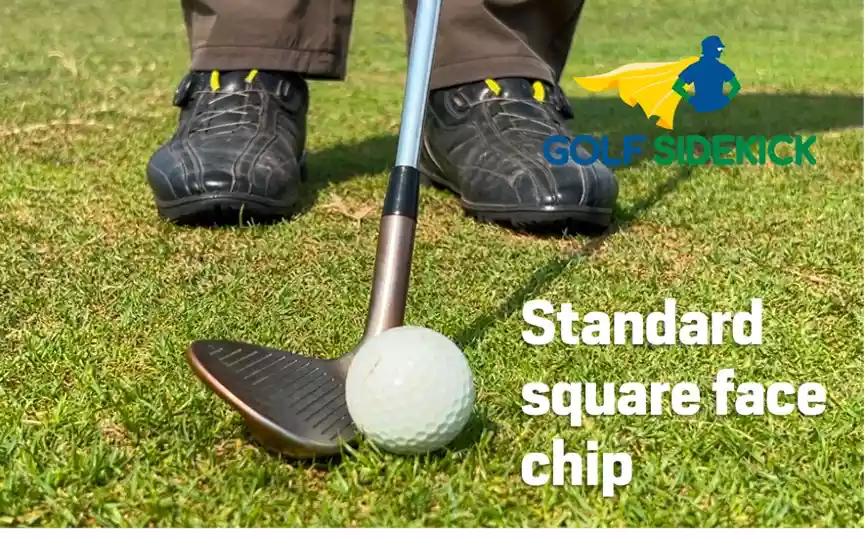
Two options to use a lob wedge
- Use the lob wedge for every wedge shot. To do this, you have to learn to manipulate the loft of the 60 degree wedge to imitate a sand wedge and gap wedge. (For expert players). To keep a shot lower, you have to play a square or closed face, delofting the club with your hands ahead of the ball. To hit higher shots, your hands might be placed in front or level with the ball and you have to open the club face. This increases the height of the shot for a softer landing. Pro Mo on my Youtube channel uses the lob wedge for all chip shots.
- Have a standard wedge shot and change the club to suit the situation. This is the approach most golfers will take and they will use wedge lofts to meet their playing requirements for their golf game.I personally use my lob wedge for only certain situations: green side bunkers, pitch shots from 30 to 60 yards, approaches from 95 yards and some short-sided lob shots.
Where can you hit a 60 degree wedge from?
- Tee (on very short holes under 100 yards)
- Fairway
- Rough (deep rough especially)
- Sand (bunkers)
Should I use my 60 degree for every chip shot?
Pros
I used to use my 60 degree wedge for every shot around the green. I played with a pro at my local golf club a lot and he would also use his 60° for everything. I believe that there is a time and a place for when to use a 60 degree wedge, but back in the day it was the only wedge I used.
The reason the pro used his 60 for his short game shots, was to remove complexity from the game. He was more comfortable using one club and then manipulating the loft as he needed it. He felt that this was simpler than using multiple clubs because he could control the flight and landing of the ball with the amount of practice he did. And he practiced a lot. A LOT.
He would play back foot shots with a steeper angle of attack to generate lower trajectory wedge shots which stopped on the green quickly, and front foot shots which he would hit high in the air and land softly on hard fast greens because on the Pro Tour, that's how they make the greens.
As an average golfer, I tried to copy this approach as best I could and got decent enough using distance control with more loft or less loft. I could add spin when needed but I found the margin for error to be quite small with so much loft. The lob wedge is very tricky if you do not practice and KEEP practicing to maintain it. If your strike is not consistent and in the center of the face, you can often chunk and skull these shots.
When I got it right, I could hit flop shots from sticky greenside rough and get the ball to stop on demand. I found that as I started working and had less time to practice, I lost the touch and feel with the 60 degree and reduced the number of strokes I used it for. Now it's purely a pitch shot club and bunker club or a club I use to get over obstacles when I HAVE to.
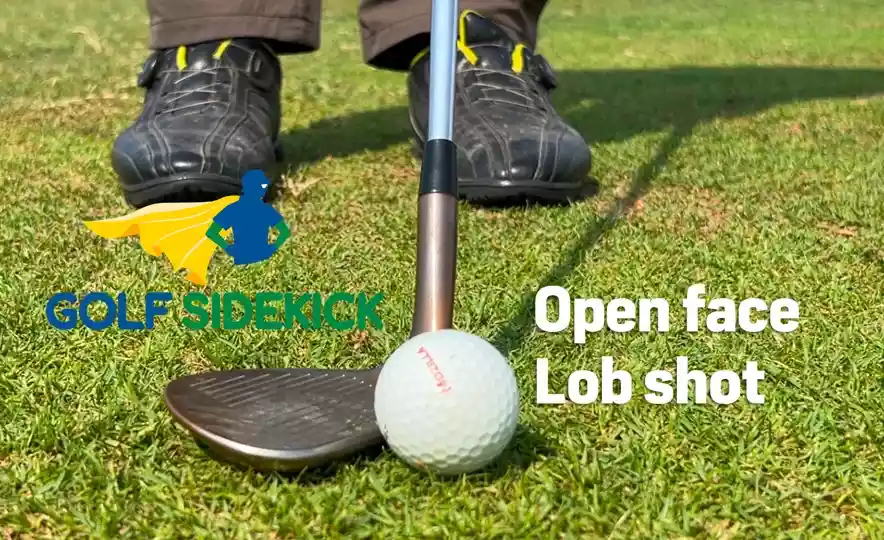
Cons
I no longer use the lob wedge for every shot and I carry other clubs for specific shots. Many golfers will choose this approach as they find it provides a greater degree of flexibility to hit the ball from a wider variety of lies.
I now carry four wedges and use the 9 iron and pitching wedge for a lot more chips. These options allow me to chip it onto the green and it will run out to the hole consistently and reliably. I prefer this to the 60 degree because the 60 degree can be inconsistent with the spin rates if your strike is not perfect every time like a pro.
Some shots can spin more or fly higher or lower and spin less. You never know what will come out if you are not practicing heavily. I recommend practicing a lot if you want to use the 60 degree exclusively.
I still use my 60 degree for a flop shot and bunker shots from soft sand. I will also use it for chip shots when I have to get the ball up in the air quickly when I'm short sided. I also find it a useful club to have when I have to have the ball way back in my stance for awkward recovery shots. This allows me to maintain some loft and get the ball on the green!
60 degree wedge lob wedge distance
Depending on your swing speed and ground conditions, you can expect to hit a 60 degree wedge between 60 and 100 yards. This will really depend on how comfortable you are hitting full swings with a club with such a high loft. While I used to use my 60 degree for every chip shot, I was petrified of hitting anything over a pitch shot for fear of thinning the ball through the back of the green.
I'm now comfortable hitting the club anywhere between 80-95 yards and many player's average distance will be in this range. It's important to state that I don't recommend hitting full shots with wedges. The lie angle of the club is exaggerated on short clubs and if you haven't been fitted for your wedges by an expert club fitter, you may pull the ball left.
How to hit a 60 degree lob wedge
Using a lob wedge requires a different approach to other clubs in our golf bags. This is due to the bounce of the club. The bounce dictates how much of the sole of the club with interact with the turf when you hit your wedge shot. More bounce will help the club glide through tricky lies like deep rough and sand, and you will find this higher amount of bounce on your sand wedge.
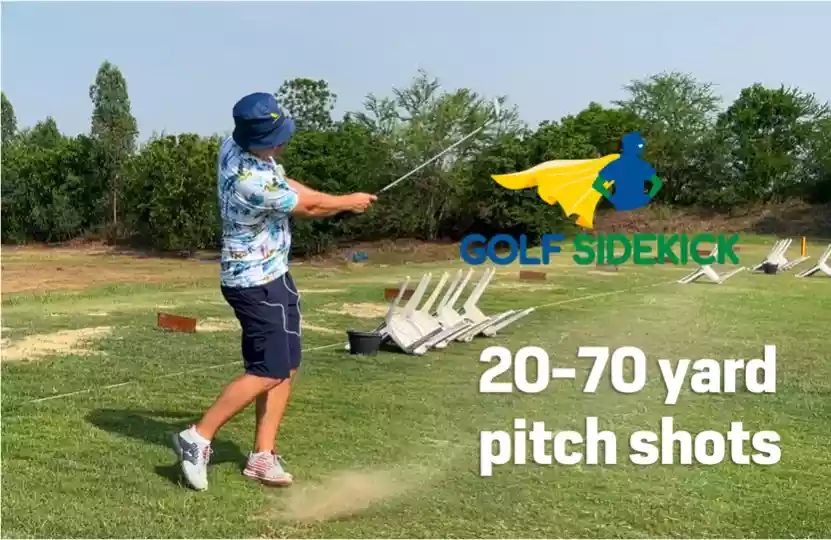
FULL SHOT: You can use the 60 degree wedge like any other golf club on a full shot. Just set up as usual and swing.
PARTIAL SHOT: You can use the clock system explained by Dave Pelz to add distance or remove distance and hit the ball closer to the hole when you're between 30 and 90 yards. Follow his lead, he is a great short game guru.
PITCH SHOTS OVER OBSTACLES: A lot of players think that you need to always open the face extra wide. You can play the 60 degree as a normal chip shot, square club face. The loft is sufficient to hit the ball high in the air. If you do need to open the face, the one tip I can give you, is to open the face first and then grip the club with the face open. Do not open the face by rolling your wrists only. This is a top tip.
A lob wedge will have less bounce to prevent the club from digging into the turf, resulting in a fat shot. this club selection is useful from tight lies where you can use the bounce to make cleaner contact.
Can you use a 60 degree wedge from bunkers?
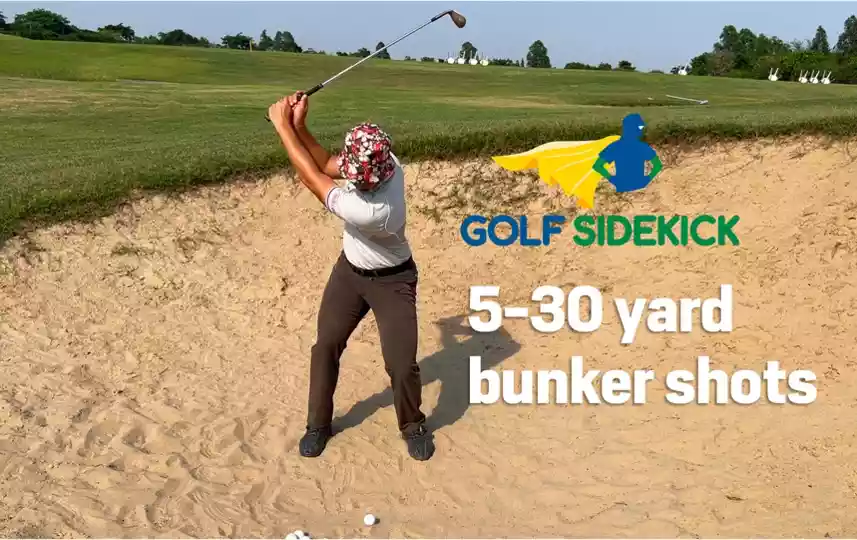
Yes - using a 60 degree from the sand is a good choice especially if you need to get the ball up in the air quickly and land softly from the sand. The lower bounce will keep the club moving through the sand and prevent it from decelerating and the ball losing distance.
As with any golf shot from the sand, practice makes perfect. If you have a higher swing speed, a 60 degree might be the only club you need for bunker shots as you will be generating enough power for the loft of the club to send the ball far enough onto the green. If your golf swing is on the slower side, you may need a variety of lofts and bounces on your wedges to get the desired results.
I personally use only my lob wedge from the bunkers - hard, wet, soft, fluffy, dry...you name it.
Who makes the best 60 degree wedge?
There are loads of club manufacturers out there these days and many will offer a specialized range of wedges to suit most golfers. But who makes the best wedges and specifically the best lob wedge?
Here's a list of the top companies when it comes to the best wedges to help you choose:
- Cleveland - Cleveland is known for making some of the best wedges in the game. Options for all skill levels.
- Titleist Vokey wedges - made famous by Tiger Woods back in the day and trusted by countless players on the PGA Tour.
- Callaway - Created by Roger Cleveland, the Callaway range of wedges includes the Jaws and Mack daddy lines used by Phil Mickelson.
- TaylorMade - This company weren't always known for their wedges but they are now competing for the top spot. Used by all the big names.
- PXG - Parsons Extreme Golf have exploded onto the golf scene in recent years. Their Sugar Daddy wedges are excellent.
I think the best wedges for all players are made by Cleveland golf, but you will get a very good lob wedge from any of the golf companies listed here. After you have sorted out the top wedge in your bag, you should seek when to use a 52 degree wedge as well as a gap wedge.
Final thoughts
Anyone can learn to chip well. Hitting 300 yard drives might feel great, but it's not attainable for 90% of golfers. Being good at chipping and wedge play will save you shots on the golf course without a doubt. If you have real control over your golf ball and many different shots to get the ball on the green, you will have more confidence and enjoy the game more.
Learning to hit a 60 degree wedge will add another string to your bow and give you more options around the green. Playing with the extra loft can be a challenge and I would recommend a lot of practice with this club to master its dark arts. It's also OK to admit that it's not the club for you. Many golfers would be better suited playing bump and runs with a pitching wedge or conventional chips with a sand wedge over fiddly shots with a lob wedge.
Try one out at your local golf store or out on the course and see if it's right for you.
